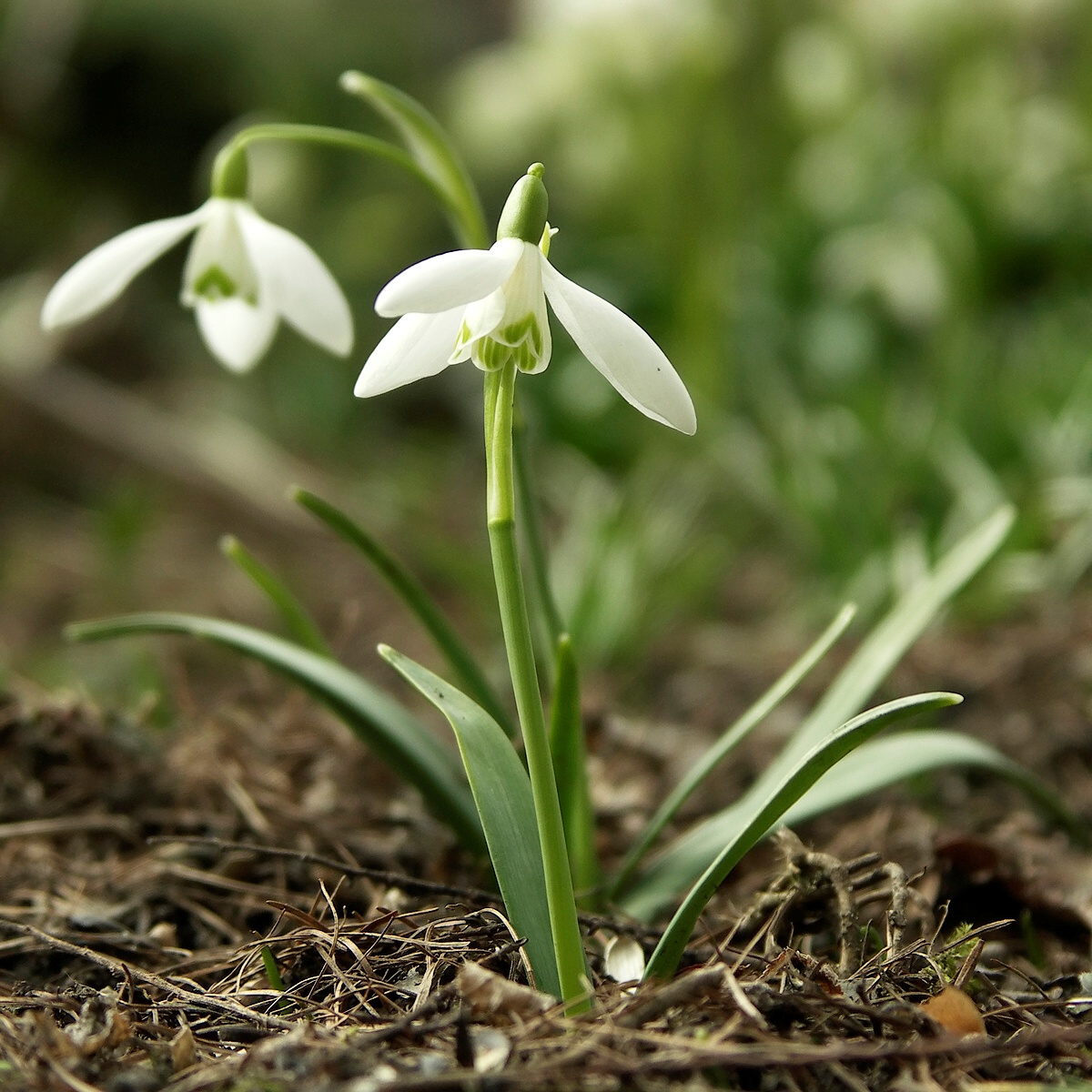Wild Cherry was @SpeciesofUK from 14th
to 20th April, 2014.
The wild
cherry is one of our native UK trees. It is known for its beautiful flower
blossoms and edible ripe fruits.
A different UK flora or fauna species every week! Follow us on Twitter at @SpeciesofUK or browse this blog to catch up on all the species we've covered so far.
 |
| Miner Bee [Wikimedia Commons © Jeffdelonge] |
 |
| Lesser Celandine [Flickr Creative Commons © Steve Chilton] |
 |
| Snowdrop, Galanthus nivalis [Source: Caroig] |